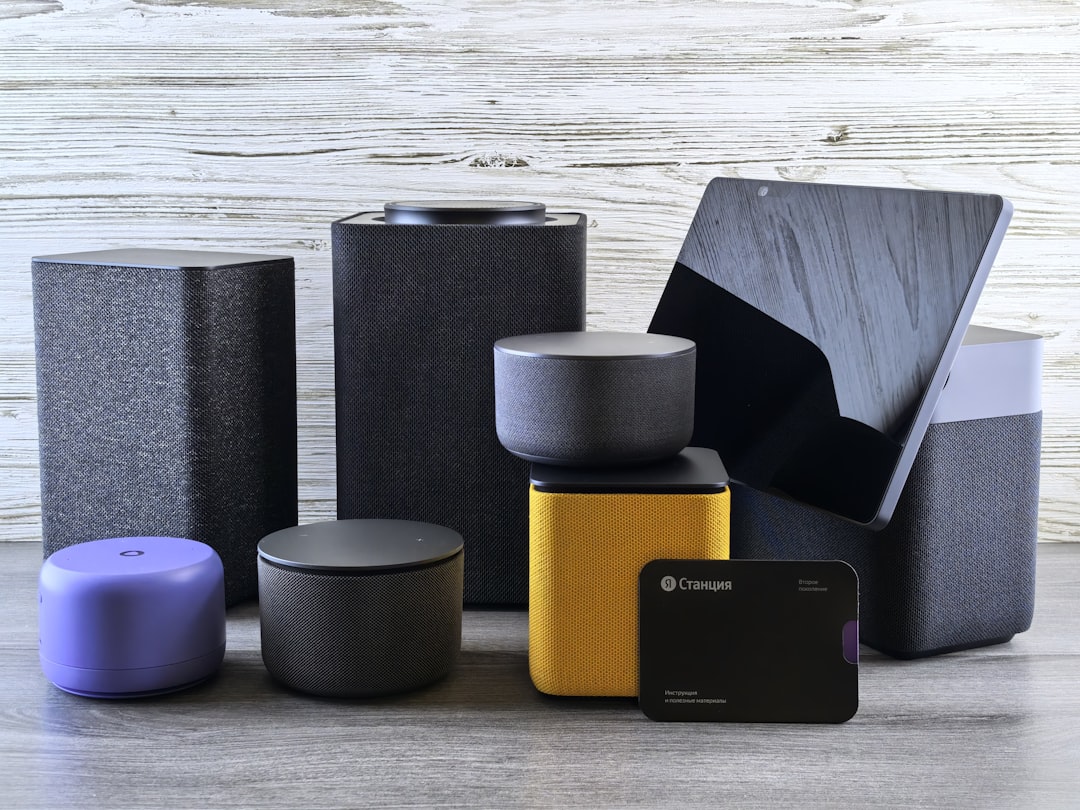Have you ever wondered how your smartphone’s virtual assistant speaks to you with such smooth and natural intonation? Or how an audiobook sounds almost like a professional narrator—even when computer-generated? These capabilities are possible thanks to Text-to-Speech, commonly known as TTS, a technology that has rapidly evolved in recent years. TTS is no longer just a robotic voice reading out text—it’s now a sophisticated tool changing how we interact with digital content.
What Is TTS?
Text-to-Speech (TTS) is a type of assistive technology that takes written text and converts it into spoken words. It uses a synthesized voice to “read” the text aloud. TTS technologies rely on a combination of linguistic rules, pronunciation dictionaries, artificial intelligence, and, increasingly, machine learning techniques like neural networks to create human-like speech.
Modern TTS systems can produce speech that not only sounds natural but also includes expressive timing, pronunciation accuracy, and proper inflection, making it hard to distinguish from real human voices in many cases.
How Does TTS Work?
At the core of any TTS system is a pipeline that includes several crucial steps:
- Text Analysis: The input text is analyzed to interpret meaning, syntax, and structure. This includes expanding abbreviations and interpreting punctuation.
- Phonetic Transcription: The system converts the text into phonemes, the individual units of sound in speech.
- Prosody Generation: The rhythm, stress, and intonation of speech—known as prosody—are generated to give the voice a natural flow.
- Speech Synthesis: Finally, the voice waveform is created using recorded human voice snippets (concatenative synthesis) or generated using AI and deep learning models (neural TTS).
Neural TTS systems, such as those developed by companies like Google (WaveNet) or Amazon (Amazon Polly), are capable of producing incredibly realistic and versatile speech patterns.
Common Uses of TTS Today
Thanks to advancements in artificial intelligence and natural language processing, TTS is playing a bigger role in our daily lives than ever before. Here are some prominent areas where it’s making a difference:
1. Accessibility and Inclusion
One of the earliest and most important uses of TTS technology is in providing assistance to people with reading disabilities or visual impairments. For example:
- Individuals who are blind or have low vision use screen readers powered by TTS to navigate computers and smartphones.
- People with dyslexia may use TTS to help understand written text more effectively by listening instead of reading.
This technology breaks down barriers and helps ensure that everyone has access to information, regardless of physical or cognitive ability.
2. Voice Assistants
Devices like Amazon Echo (Alexa), Google Nest (Google Assistant), and Apple HomePod (Siri) rely heavily on TTS to interact with users. These assistants respond to commands, read messages, give weather updates, or even tell you a joke—all thanks to TTS.

Because conversational AI is central to the functionality of these devices, the quality and naturalness of TTS are critical for a positive user experience.
3. Automotive Systems
TTS is increasingly being adopted in vehicles, where it contributes to safer, hands-free operations. Drivers can receive spoken directions from GPS systems, be alerted to system notifications, and even have their text messages read aloud—all without taking their eyes off the road.
4. Customer Service and IVR Systems
Interactive Voice Response (IVR) systems, used by many call centers, often use TTS to automate responses to customer queries. Instead of pre-recording every possible answer, businesses use dynamic TTS to generate personalized and up-to-date responses in real-time.
5. Content Consumption
TTS is making content more widely accessible. Audiobooks, news articles, and even social media posts are now being read aloud through TTS services. Apps that convert websites or documents into spoken form are becoming popular for people who prefer listening over reading.
Additionally, language learning apps use TTS to help students hear accurate pronunciations of new words, contributing to more interactive learning experiences.
6. Smart Devices and IoT
From refrigerators to fitness trackers, many smart devices are now equipped with TTS functionality to communicate with users vocally. For example, a smart fridge might announce that you’re running low on milk, or a treadmill might encourage you during a workout.

Modern Advances and Customization
One of the most exciting developments in TTS technology is the ability to create custom voices. Companies like Descript and Resemble.ai allow brands or individuals to design a voice that is unique to them—think of it as a “brand voice” made literal. These synthetic voices can match tone, pitch, and style, offering a totally customized auditory experience.
Another major trend is real-time TTS, where speech is generated so quickly it can keep up with live conversations. This is particularly useful for real-time translation services or AI avatars that interact with users during live streams, webinars, or virtual meetings.
Benefits of TTS
The adoption of TTS brings with it numerous advantages. Some of the key benefits include:
- Improved Accessibility: TTS helps bridge the gap for individuals with disabilities by providing equal access to information.
- Multitasking: Users can listen to content while doing other activities, from commuting to exercising.
- Scalability: Businesses can deliver voice experiences without hiring voice actors for every change or iteration.
- Localization: TTS engines can be adapted to different languages and accents, making it ideal for international uses.
Challenges and Ethical Considerations
Despite its many benefits, TTS also presents some challenges:
- Voice Cloning and Security: The creation of synthetic voices that closely mimic personal or celebrity voices raises concerns around consent and possible misuse.
- Emotional Expression: While TTS voices have improved, they still often lack the nuanced emotions a human actor can convey.
- Language Limitations: Not all world languages are equally supported in TTS systems, raising issues of digital inequality.
The Future of TTS
The future of TTS is bright and filled with potential. Developments in deep learning, such as transformer-based models and zero-shot learning, are making it easier to generate high-quality voices in new languages or dialects with minimal training data. Additionally, TTS is expected to become increasingly interactive—able to adjust tone, pitch, or speed dynamically based on conversational context or user preference.
We’re also likely to see more cross-modal TTS applications, where voice is integrated with computer vision and gesture recognition, powering more immersive experiences in gaming or virtual reality environments.
Conclusion
Text-to-Speech has transitioned from a niche tool for accessibility into a mainstream, essential technology. From enhancing daily conveniences to revolutionizing how we interact with machines, TTS is profoundly shaping our digital experiences. With continuous advances in AI and machine learning, the voice of the future may not come from a human—but from an algorithm that sounds almost indistinguishably like one.



